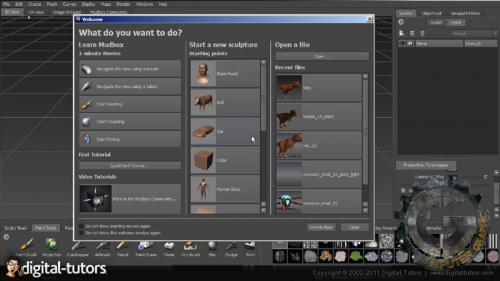

Finishing the knee and pole vector hiearchiesĨ. No flip knee hierarchy for auto swivel hipsħ. Taking a look at our enhanced IK setup in the hind legsĦ. By the end of this course you will be armed with techniques to make efficient and robust rigs for feline and canine quadrupeds, utilizing an enhanced control rig that is ready to be modified and finalized with your preferred hierarchies and dynamic parenting setups.Ģ. Enhanced IK greatly improves the functionality of Inverse Kinematics in Maya. The base system of Enhanced IK though is versatile enough to use with many other methodologies in Maya. Rigging one of the great cats with enhanced IK makes for a very flexible control rig. The course focuses on presenting new or different techniques wherever possible for comparison with more established systems. The artist will create a robust rig with a more straight forward workflow then the previous course, while still providing examples of problem solving techniques that arise when creating a complex rig. New ideas on internal automation principles will be explored and old ones expanded on. Much like his prior tutorial Motion Flow Rigging in Maya, and much like the first amazing techniques are unveiled. While the course centers on a puma/panther these techniques work on all the great cats and any quadruped with similar anatomy. In this course, Farley Chery will lead the viewer through the rigors of creating a control rig for one of the great cats using Enhanced IK in Maya 2012.
Digital tutors introduction to realflow 2012 how to#
This course will teach the viewer how to rig a mountain lion harnessing the power of Enhanced IK in Maya. |Released on Aug|Project Files Included (11 MB) Rendering volume effects on 3ds Max lights 12:37ġ8.Digital-Tutors : Creative Development: Enhanced IK Animal Rigging with Farley_Cheryġ0 hrs. Adding lens flares to light sources 12:20ġ7. Excluding certain objects from 3ds Max lights 07:07ġ6. Controlling the render properties of 3ds Max objects 06:04ġ5. Using textures to simulate shadows 11:36ġ4. Rendering with the 3ds Max Daylight System 12:04ġ3. Understanding Skylights in 3ds Max 09:00ġ2. Rendering data from light manufacturers in 3ds Max 07:57ġ1. Working with Photometric lights in 3ds Max 08:14ġ0. Rendering with mental ray lights in 3ds Max 06:03ĩ. Using Advanced Ray Trace and Area shadows 17:46Ĩ. Rendering with Ray Traced shadows in 3ds Max 10:22ħ. Rendering with Shadow Maps in 3ds Max 10:24Ħ. Working with spot lights and directional lights 11:51ĥ. Intensity and attenuation controls for 3ds Max lights 12:53Ĥ. Basic light parameters in 3ds Max 06:52ģ. Introduction and project overview 01:13Ģ. We will also learn how we can use volumetric lights to add a sense of mood and atmosphere to our renders, along with many additional lessons covering tools and topics that are designed to give you a strong introduction to the lighting and rendering capabilities of 3ds Max.ġ. In this 3ds Max tutorial, we will also explore some of the specialized parameters found in certain light types, we will learn about the different types of shadows that can be utilized within 3ds Max, and explore the unique characteristics of each of these shadow types.

This training will begin with us learning about the various types of lights found in 3ds Max and how to precisely control your light parameters and find the right mixture of physical accuracy, and your own artistic desires. Getting acquainted with the core lighting tools and features of 3ds Max is an important skill for anyone who is getting started with this powerful 3D application.


 0 kommentar(er)
0 kommentar(er)
